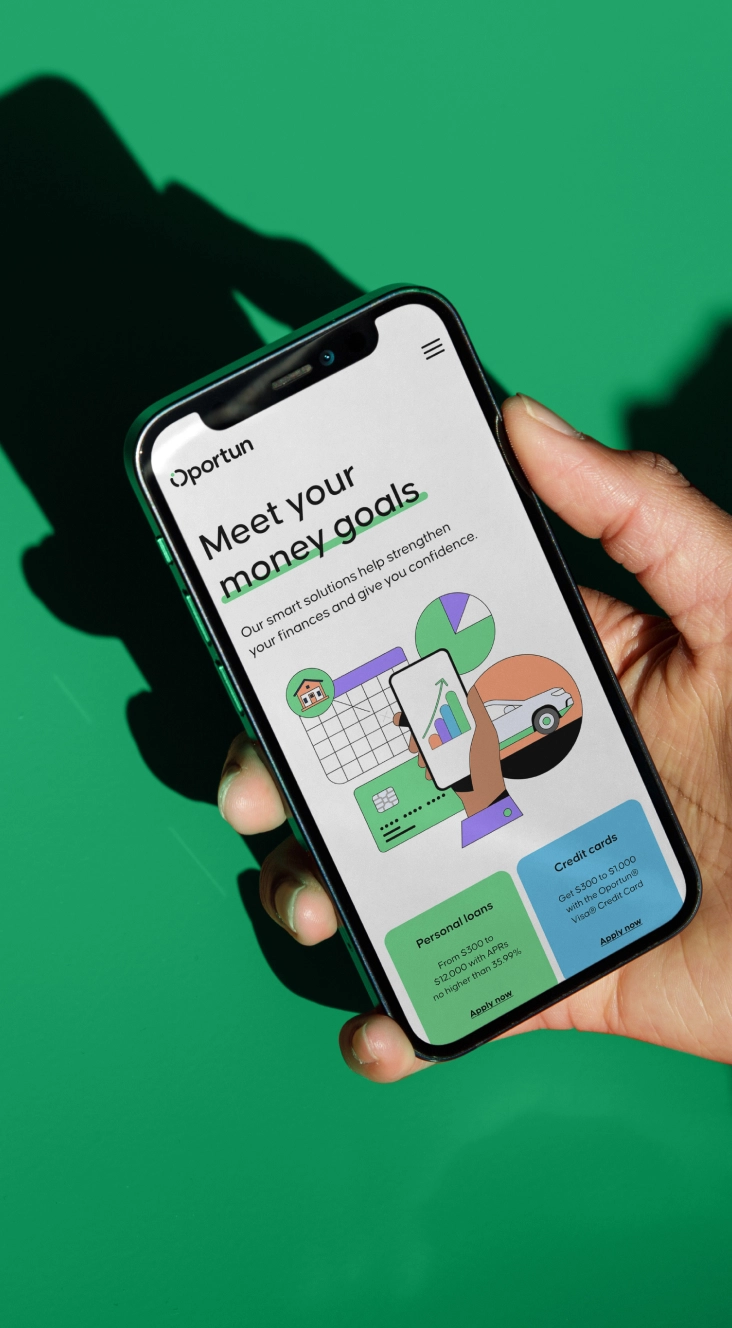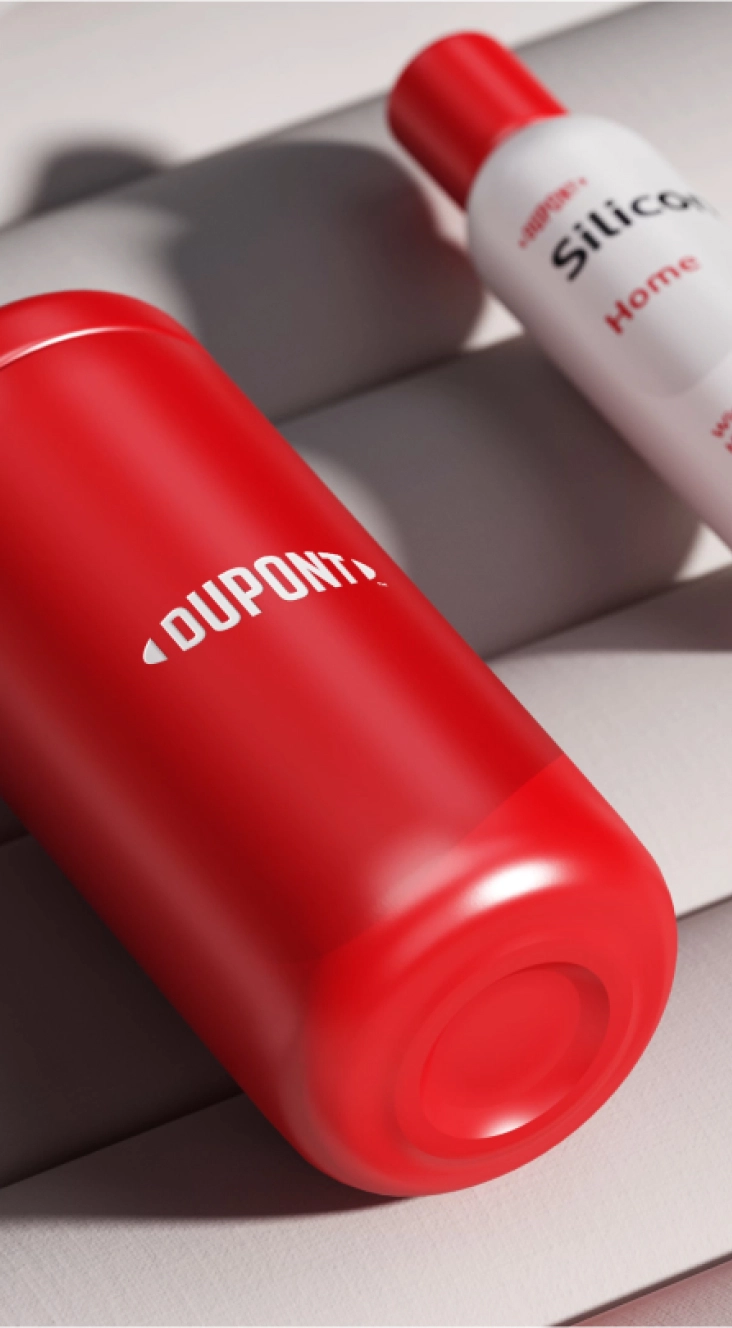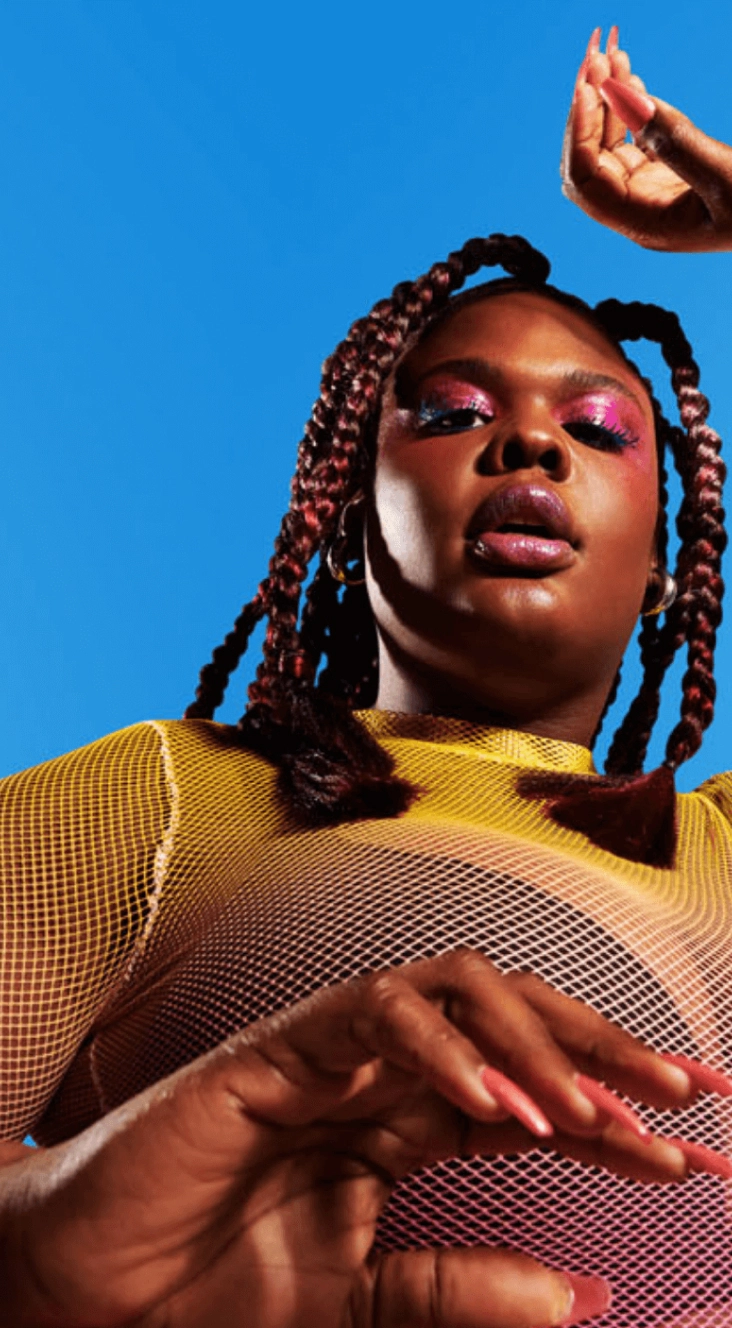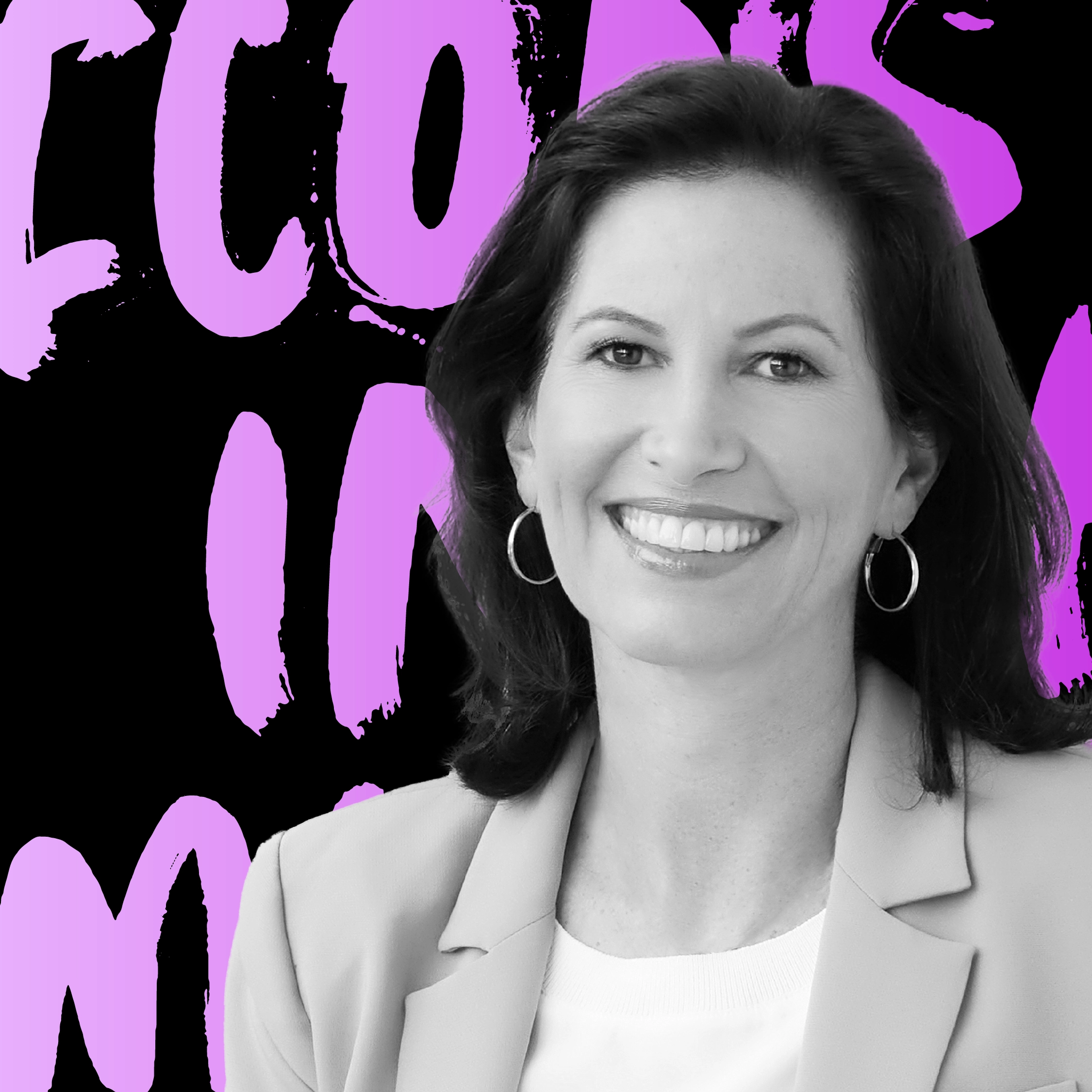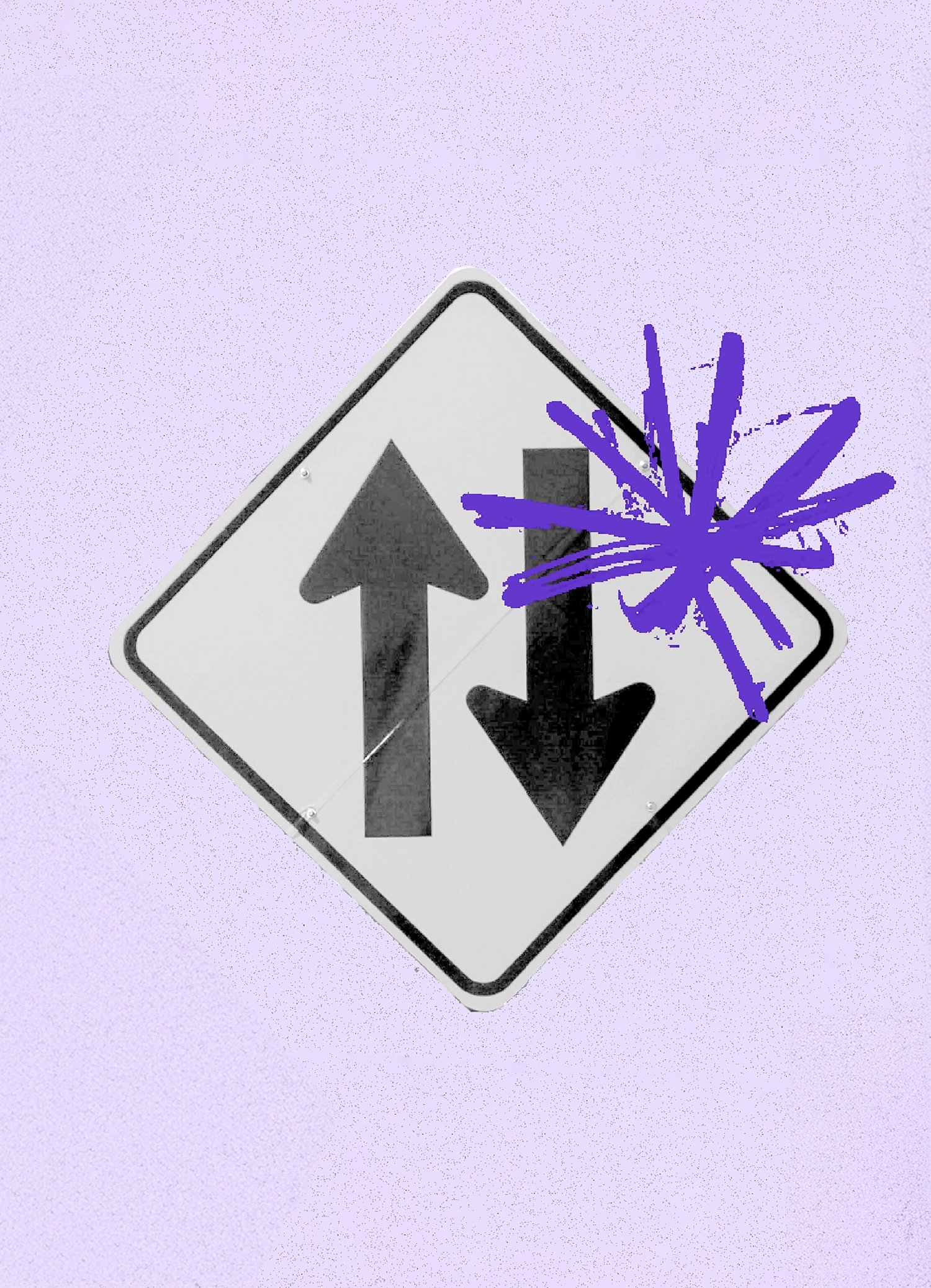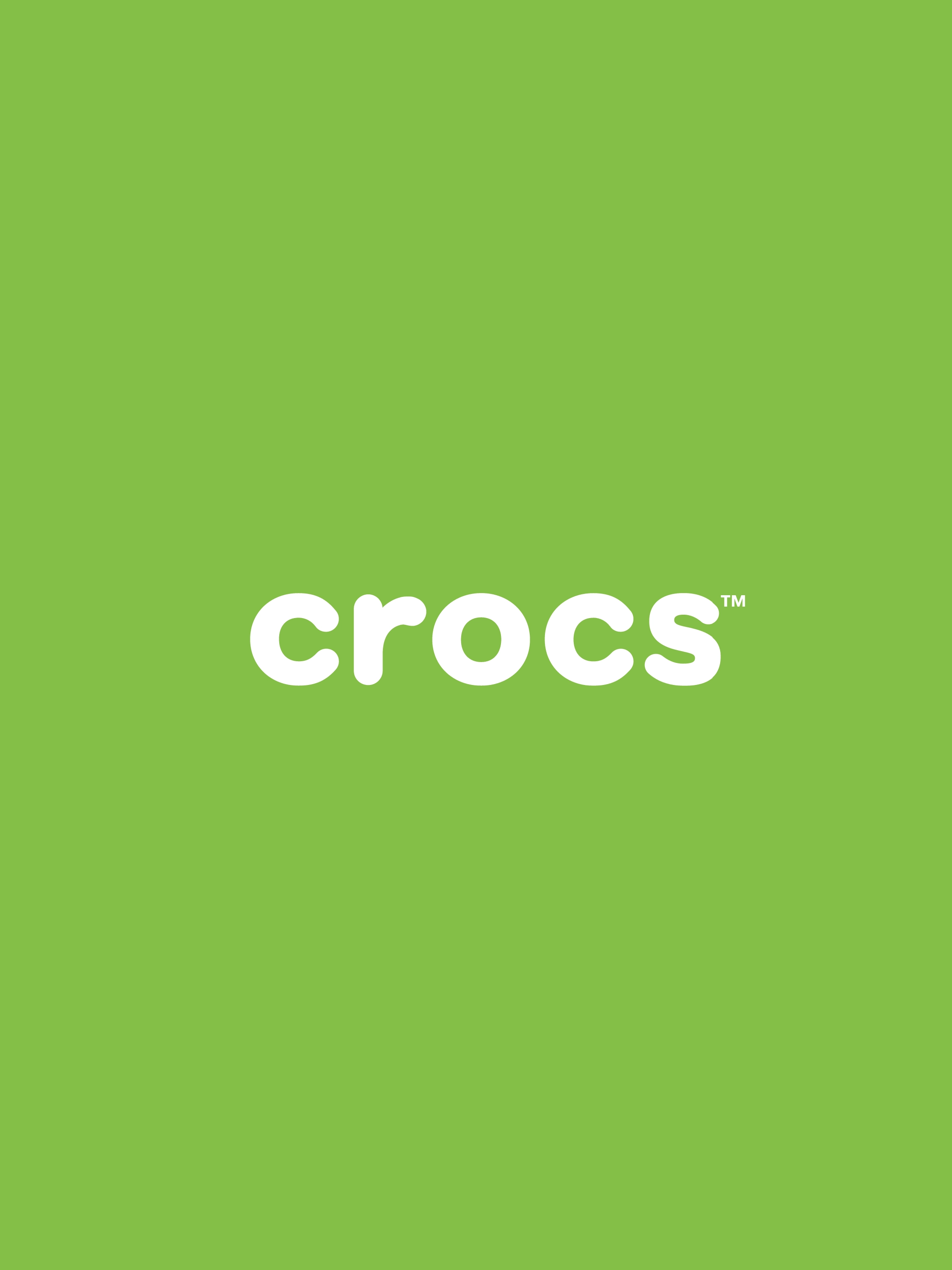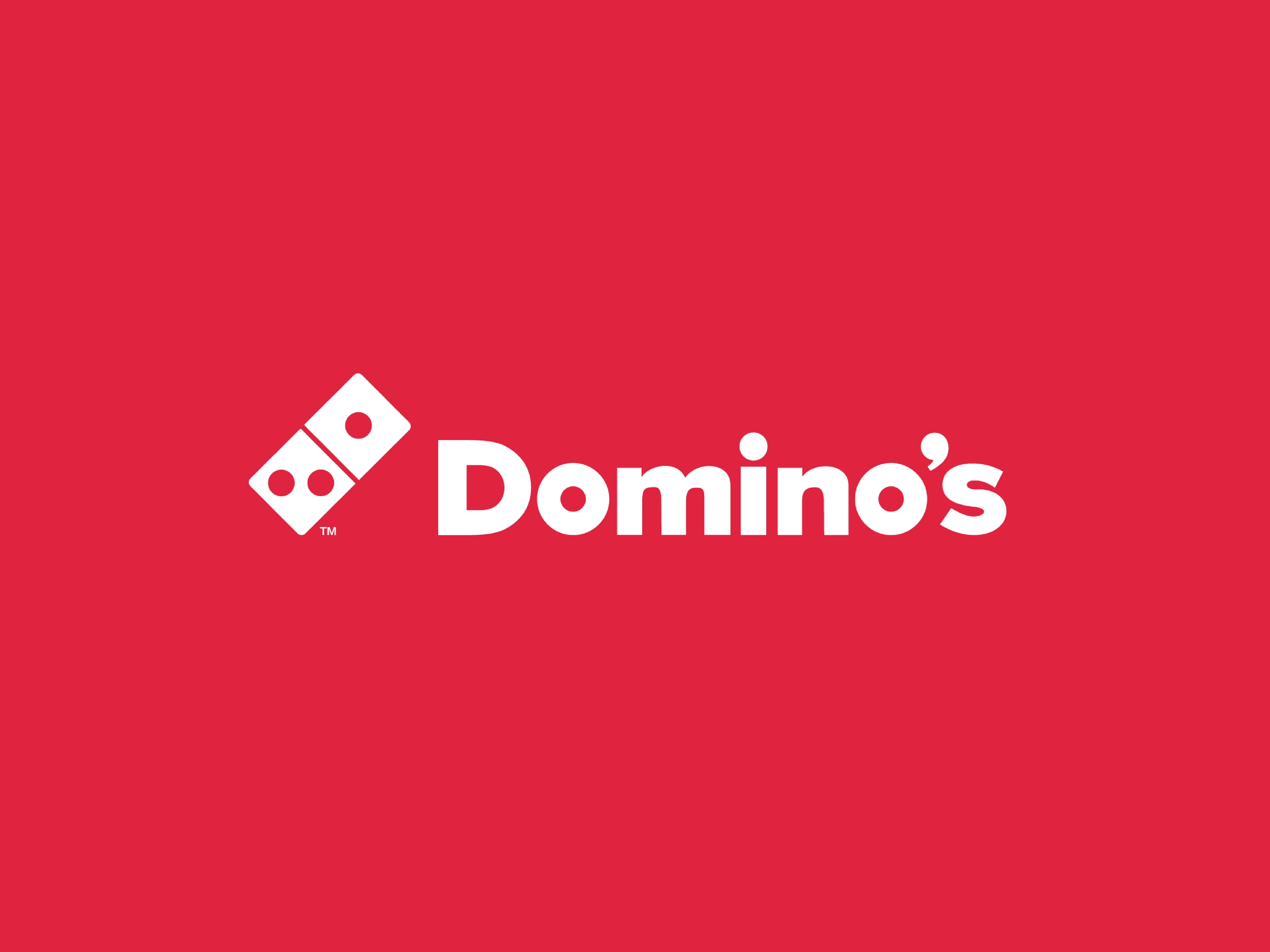Barbie’s journey from iconic toy to cultural phenomenon has been a master class in marketing. But this branding triumph started well before there was Barbiecore and Kenergy—in fact, it has been a decade in the making. At the center is Lisa McKnight, Chief Brand Officer of Mattel and a 25-year veteran of the brand. In this episode, Lisa shares the genesis of Barbie’s transformation, how the movie came to be and how Barbie stays top of mind with 165 partnerships and counting.
Heather Stern: We find ourselves in the midst of a cultural phenomenon in which the Barbie brand is at the center of global conversation around gender, diversity, societal norms, self-expression and what it means to be an icon. It’s the perfect topic for this show and one that I have a personal connection to as someone who loved Barbie growing up.
So, as I thought of who to invite, a few names came to mind. The brilliant Greta Gerwig. The impeccable Margot Robbie. The inspiring America Ferrera. Or just Ryan Gosling. Any one of these individuals would be an incredible guest. But as a marketer, I wanted to sit down with the true star of this brand story: Lisa McKnight, EVP and chief brand officer of Mattel.
Lisa is a 25-year veteran of Mattel and has been building toward this cultural inflection point for over a decade. This story of reinvention began in a familiar place. The brand was struggling; not everyone could see themselves in Barbie, as I had growing up; and sales reflected that.
As global head of the Barbie portfolio, Lisa—along with her incredible team—was instrumental in evolving the brand to be more compelling to girls and parents, driving relevance and revenue, even claiming the coveted spot of top global toy brand.
Now, with Barbie the movie, Lisa has led possibly the most brilliant, innovative, hard-fought, record-breaking brand campaign—that has everyone talking. Beyond that, it’s poised to recontextualize both the Barbie brand and the Mattel ecosystem for decades to come.
I’m particularly excited about this one. So, without further ado, I am so pleased to roll out the pink carpet and welcome the amazing Lisa McKnight. Welcome, Lisa!
Lisa McKnight: Well, thank you, Heather, and thank you for that glowing introduction. I really appreciate it. Great to be with you.
Heather: Absolutely. Of course, when you read it now. it seems, ‘Oh, well, it was all just, you know, meant to happen, and it wasn’t messy, and it didn’t require, you know, ups and downs.’ But I’m sure that’s not the case, and we’ll get into all of that. But first, a critically important question: Did you grow up with Barbie? If so, did you have a favorite one? And did you have a weird Barbie?
Lisa: Yes, I am proud to share that I am a Barbie girl through and through. I played with Barbie probably until I was a little older than most kids. I played with Barbie well into my ’tween years. I have a younger sister. Obviously, other [00:05:00] friends would come over; and we would create these imaginary worlds in our respective bedrooms and play for hours on end. It was truly a key defining part of my childhood.
My favorite Barbie is Malibu Barbie. I grew up in Northern California, in San Francisco, and I always, at that time, aspired to live in sunny Southern California. San Francisco is known for its fog. And I just thought that Malibu Barbie was the “it” girl, living a fabulous life with her perma-tan and was, again, very aspirational to me at the time.
So, Malibu’s my doll. I loved the whole world of Barbie, though, and I’ve got great memories of camping trips with Ken and all of her friends. I could go on and on about my childhood memories of Barbie.
Heather: Well, I have to say, I have a similar story in that I also was a Barbie girl growing up. I remember my favorite, which I’ve seen now on the red carpet, was Day to Night Barbie. I loved this very professional, buttoned up Barbie. She had her hat, she had her calculator, she had her briefcase. And she was important and doing important things, but then she had a dress and would go out and have fun at night. And I thought, that’s what I want to be when I grow up: Day to Night Barbie. It’s interesting, though, because the experience that we had is not the experience that everybody had. And a lot of that was the crux of this transformation, I guess.
Before we go into that…it’s been, gosh, such an exciting summer. And just recently, this announcement that you were promoted to chief brand officer of Mattel. So there’s no slowing down for you. Just tell me a little bit about your headspace, what you’re reflecting on through this whirlwind few weeks.
Lisa: Well, it certainly has been a whirlwind. And I think that the response to the film, to the brand, has truly exceeded all of our expectations—certainly for all of us at Mattel and all of us at our partners at Warner Brothers. We always intended to paint the world pink. We wanted Barbie to be everywhere, to be omnipresent. And, obviously, it took lots of hard work to get there and many people around the world contributing. But we’ve achieved that, and everybody is celebrating Barbie. Everybody is enjoying the brand and the positivity that comes with the association in the color pink. I was, literally, at the theaters again yesterday. There are still lines out the door. Everyone is wearing pink, and it’s a giant party and everyone wants to be there.
Heather: So, I assume that you’ve seen the movie a couple of times. As you see it, are there new things that you’re discovering about it, anything just yesterday that you hadn’t seen or hadn’t thought of?
Lisa: I’ve seen the movie many times. I mean, literally, I think we’re now on 12 or 14 times. And again, obviously along the way, partnering with the filmmakers. But I will say, for me, what’s bringing a lot of joy and why I continue to see it is, I can’t get enough of the audience reaction. I love seeing it with all types of different people and hearing their reaction—not only during the film but also after the film.
You asked how I’ve been feeling. Well, this Barbie is exhausted. Yeah. We’ve had some fun with that expression, naturally, but I will say there’s been just such overwhelming pride. There has been so much effort put into this and some very difficult moments during the four-and-a-half year journey. Now it just feels triumphant. And I couldn’t be more proud of the team, their collective effort. And again, the reaction to this incredible film that I will say is, I bow down to Greta Gerwig and to Margot Robbie—wearing her producer’s hat, as well as starring as stereotypical Barbie. I mean, they are two amazing women and a force to reckon with.
Heather: Well, you’re joining them in in the creation of this as also an incredible woman and leader. As we started off saying, it’s like it’s here. It’s triumphant. It’s amazing. But there’s been, you know, a lot of blood, sweat and tears that have gotten you to this point.
A lot of your role has been around this modernization of the Barbie brand. I’ve read about, prior even to the movie, this four-pronged strategy around brand purpose, design-led innovation, cultural relevance and executional excellence. And it does seem as you now look at this like case study, it’s like check, check, check. But tell me about that plan, how it unfolded and any twists and turns that you can share.
Lisa: Well, as you said in your opening, we were motivated to dramatically overhaul the entire brand about eight-to-10 years ago when we started to see not only sales soften but also some really alarming research when we talked not to kids but to parents. We had learned that their view of Barbie was not what we had hoped it would be. Many millennial parents, in particular, weren’t connecting to her like they did as children. They didn’t see Barbie as a positive role model for their kids. And the most glaring feedback and indicator that we had a brand-health issue was when parents said they didn’t feel good about giving Barbie as a birthday gift when their child was invited to a birthday party.
We knew that that was a huge issue. And again, you know, we realized that we hadn’t done a good enough job communicating the purpose of Barbie, why Barbie matters. We had lost our way; we had really focused a lot on kid marketing, focusing on features and sort of product benefits but not talking about brand purpose and not laddering up a larger message and more meaningful message to parents.
So, we did a lot of work with a variety of folks to cement the brand in the original vision that our founder, Ruth Handler, had for Barbie, which was to inspire the limitless potential in every girl. Barbie’s the original girl empowerment brand, and we needed to shout that from the hills. So, we started there from a communication and strategy standpoint. And then we knew that we needed to really address every aspect of the brand, starting with the doll itself.
The doll needed to be a better reflection of the world that kids saw around them. And one of the biggest issues with the doll, which has always been a divisive topic, is her body. We needed to neutralize that, to get people past her body. We needed to change the body and add more body types. We could move beyond that and talk about what Barbie inspires, not what Barbie is.
So that was really an incredible exercise, led by my partner, head of design, Kim Culmone. And what was crazy about introducing new body types to the product line was the complexity that that created. We had to think about all of her fashions, all of the play sets and accessories, the dream house for vehicles…would every new body type fit into all of these spaces and places? Would the added skew count add complexity to manufacturing? It was something that was not taken lightly; but the team took it on and did an amazing job evolving.
At the same time, of course, we knew that we needed to introduce diversity into the line. We introduced more ethnicities, skin colors, different hairstyles, hair fibers, eye colors. And today, after many years of work, I’m thrilled to share that Barbie is the most diverse doll line in the world. We have over 175 different types of Barbie in the line.
Heather: It’s incredible. And, as you said, not just a design decision—which it is—but also how you bring this to life, how you manage it and what’s the right choices for different things. Did you have advisors through this process to make sure you were hitting the right notes from a cultural standpoint, inclusion standpoint? What was that process, and how did you decide when you were going to introduce one versus another?
Lisa: We absolutely work with advisors. We’ve got some amazing partners and consultants who work with us that are really cultural consultants. And, of course, we also sought counsel from a lot of important peers at Mattel. You know, there’s a point in time where you’re never going to have complete clarity on the right decision to make and you know that you’re never going to address every issue, every consumer need all at once; but you know that you still have to start somewhere. And it was really helpful and liberating when we appreciated that progress.
‘Not perfection’ is still a great way forward; otherwise, we were easily going to get paralyzed. Once everyone realized that there might still be some feedback that we received about more things we could be doing for the brand, we decided: ‘Let’s own that. Let’s acknowledge that we’re not done yet. This is only the beginning, but let’s start the evolution process.’ And that was the approach. The response to her new body type, the response to the diversity in the line have really been incredible. And, I would say, what’s also reinforced that is that we carried that through to our storytelling, to the content that we’ve created for kids, to the role-model women that we’ve started to honor in likeness dolls. And we’ve made programs around these amazing women to inspire girls to see that they really can be anything. So, we’ve definitely been very thoughtful and made sure that we’ve been consistent in every aspect of the brand.
Heather: As we’ve said, this has been a journey. I know that the idea of the movie had been around for a very long time. Was there a tipping point where you felt the brand was ready for this big moment and it made sense to do the movie? How did that all come about? And talk about your time with the script on the set…just anything that would be interesting to our listeners.
Lisa: Sure. Well, we have wanted to bring Barbie to the big screen for a very long time. There’s been a history at Mattel—and prior to me, as well—of folks meeting with various studio heads and discussing what a Barbie theatrical might look like. Barbie also, you know, has created many kid-targeted, animated films. And we’ve had a great success of animated movies that have been really direct-to-video since 2000. So, we’ve got a history of storytelling around Barbie. I will say, though, that it wasn’t until Ynon Kreiz joined the company as our CEO in 2018, with his entertainment background, that things really started to accelerate in a positive way.
The movie, IP rights, landed with Warner Brothers; and we were introduced to Margot Robbie, as a producer, and her Lucky Chat production company. Ynon brought her in. We had an immersion with her and her team, literally, in the fall of 2018 to start talking about possibilities and what could be and what would be the sort of macro-angle way in. Obviously, we didn’t have a creative treatment; but we all agreed that we needed to do something unexpected in order for this to be successful. And then, six months or nine months later, Greta was on board. We invited Greta in to Mattel and gave her an immersion into the brand and, again, started to go deep into the history, the origin, the purpose, the meaning behind Barbie. And we talked a lot about the cultural backdrop that Barbie was introduced against—the 1950s, when women didn’t have the opportunity to even cash their own checks.
Heather: …nonetheless get a mortgage and have a dream house!
Lisa: Exactly. And the creator of Barbie was not only a mother raising two kids, Barbara and Ken, but also co-founder of a company, Mattel, and then creating Barbie. So, when you think about a female businesswoman, female entrepreneur…that’s just another point of amazing inspiration.
Greta, I think, was really excited about all of that authentic history around female leadership and female empowerment and female agency. Again, there were many sessions with the filmmakers throughout the years. We started reading a treatment of the script in late 2020; then things started to accelerate, the production budget was approved and greenlit and we started filming at the very end of 2021 on sound stages at the Warner Brothers studio outside of London.
The team and I were very involved throughout the entire process, reading the script and supporting the costume designers and set designers with product inspiration from the archives. Anyway, it’s been an incredibly collaborative process, and we just couldn’t be more thrilled.
Heather: The multigenerational aspect of it, I think, is really interesting. I’m sure when you go to theaters, you see the diversity of audiences. But the way that the script and the set design—all of it—was able to honor it, as you said, this heritage but also, very pointedly, challenge it at the same time, I think, was really incredible.
You talked about the collaboration and the partnership, certainly with the filmmakers. As you were architecting this campaign—I think you helped create more than a hundred collaborations with brands (Airbnb, Crocs, Progressive Insurance, Xbox)—what I’ve read is that these partners are not random. There’s been a thoughtfulness to whom you should partner with and why. Tell me a little bit about that part of the campaign and the idea of collaborative advantage and flywheel effect that kind of happens as you bring more brands into the fold.
Lisa: Absolutely. We’ve always had the attitude that, if we’re going to partner with another brand or another category of product, it needs to be additive. It needs to be one plus one equals three. And we go through a pretty rigorous filtering process.
Obviously, we want to work with companies that are supportive of our values and in sync with our values and that promote inclusivity and celebrate female empowerment. We also look to companies that are, of course, leaders in their space and in their respective categories and companies and brands that trend right and are culturally relevant. All of those factors come into play. Are they appropriate? Is this the right fit for our audience? We have lots of conversations with individual partners, as well as with Warner Brothers, which absolutely drove some of the partnerships. They drove the partnership with Progressive, with General Motors, Cold Stone.
But again, it’s just been incredible Today, I think the latest count is 165 partners around the world across all categories of business: apparel, accessories, footwear, luggage, beauty, home décor. It’s really amazing. And, like I said, everybody wants to play with Barbie right now.
Heather: Well, the goal of having Barbie be everywhere has been met and surpassed—and to see it continue to grow with new stories and new people kind of adding to it every day is amazing. Design. You talked a lot about the role of design in the brand. Tell me about the collaboration between design and marketing and lessons learned by having it work and work well.
Lisa: I think what’s really special about the Barbie team at Mattel is that we all really value each other’s perspective on the brand. We value different perspectives. We value diverse thinking and voices from all different types of people coming from different areas. The leadership team across Barbie is the most passionate, committed group of people I’ve ever worked with, and everyone feels like a stakeholder. Everyone, regardless of function, feels like a brand steward. And I’ve tried to foster, again, that inclusive environment. I’m always asking my colleagues for their input. When we make decisions about a partner, when we make decisions even about a social post and the tone and manner of that post, there are a group of people who weigh in. We’re always making sure that we’re thinking through unintended consequences and that we’re not missing anything. But there is a real team behind this brand. I use the expression a lot that. It doesn’t just take a village to run Barbie; sometimes, it takes a large metro area. There are a lot of people that contribute to the success of this brand.
Heather: Thinking about everybody being a brand steward and about the people from different parts of the company, you have been with the organization for 25 years. Looking back, are there experiences as you rose in the ranks and took on different roles that you really drew on in this particular moment in time—as it was all kind of coming to life?
Lisa: Well, there was another inflection point in the Barbie brand history that I was also very involved in, which was when Barbie turned 50. And so that was in 2009. And at that time, as a brand, we were sort of divided between a toy business and our consumer products, a lifestyle business. We had different teams running competing marketing programs for each of the respective businesses and didn’t have anything that unified us as a brand. There was no one overseeing the communication, the positioning, the messaging from an integrated standpoint. That was also a time where, even at Mattel, brand wasn’t even a word that was used. We were a toy company.
Today, we’re even broader than brand. We talk about ourselves as a high-performing toy company but IP driven. We’re really thinking about how to unlock the value of this incredible intellectual property that we have at the company. We’ve even gotten bigger and broader, but 2009 was an inflection point. And then I worked with, again, amazing people cross-functionally—from consumer products to toy marketing to design to marketing communications—to pull together a point of view about the brand as she turned 50. We started to position Barbie as more than a doll but as a lifestyle brand. And today, I would argue that she’s even more than a lifestyle brand. She’s a state of mind.
This vast idea that everybody wants to embrace and connect to in some way, shape or form doesn’t have to be through the doll. It can literally be through wearing a head-to-toe pink outfit. There are so many ways to celebrate the spirit of Barbie today.
Heather: Well, I think that that spirit is definitely something that was brought to life in such a beautiful way in the film. And, as you said, Barbie was really the original girl empowerment brand.
There’s a lot of discussion around the monologue that America Ferrera’s character gives to stereotypical Barbie. One of the things that I had just pulled out is, ‘Always stand out, always be grateful, never forget that the system is rigged, so find a way to acknowledge that but also always be grateful.’ And that was one of many of these contradictions that women have to grapple with and face.
A lot of times I’m asked, and I’m sure you’re asked, about advice as a leader who happens to be a woman and a mother and all of these things. How does that resonate with you, and what advice do you have for those who are looking at you and thinking, ‘Wow, I would love to be even a quarter of the way there,’ based on what you’ve been able to achieve?
Lisa: Well, it’s interesting. I’ve given a lot of talks. I’m the executive sponsor of Women of Mattel and, obviously, give talks in other forums about what it’s like to be a female leader in today’s world. What I will share is, I think it’s only getting better. And I say that because consciousness has certainly been raised.
And the movie reinforces that even further about the inequity that is still there and the complexity of how to navigate this space as a woman. Where I’m excited and encouraged is that when I was younger, starting in my career (especially as a new mom), I had to…I call it ‘fake normal.’ I would compartmentalize and leave the chaos at home. I had great childcare help but would race out the door, come frazzled into the office, and immediately have to have a stiff upper lip and not show that other side of my identity—that I’m a mom. And everything was fine. No, the pediatrician isn’t calling. No, my daughter’s not having issues in preschool. I mean, I hid it all.
And I’ll never forget when I finally started to get more confident and use my voice. There was this sort of defining moment where we were dealing with something urgent. Our executive team called a meeting at 5pm on Halloween. And especially those of us with young kids know that Halloween is a huge kid holiday. I mean, that’s as big as…
Heather: …as it gets!
Lisa: It’s a biggie. And if you live in LA, there’s traffic. So, everybody leaves early on Halloween to get home, to be with their kids and to start the trick-or-treating. Five o’clock, frankly, is when you’re out the door.
I had to say something. I finally got the courage to say, ‘Is there any way we could do this first thing tomorrow morning?’ I finally raised my voice and said something, and the reaction was incredibly positive. All men were running this meeting, and they had a blind spot. They didn’t see it. When I brought it up, some of them even acknowledged, ‘Yeah, actually I should get home to be with my kid for trick-or-treating.’ I actually created a benefit for them.
So, I guess my point is, I feel like today we can show up as our authentic selves. That’s encouraged. I think that workplaces are becoming more empathetic than ever before. Certainly, the pandemic helped with that. And everybody knows that people are juggling multiple things. And we want our employees to be their authentic selves. And we want to see things that we might miss. So again, it is a good thing to raise your voice and to not be a victim.
Heather: I love that story because, in a way, there’s a simplicity to having raised it and to shine a light on it. I could relate to having had that kind of fear as a young working mom. I really resonate with that ‘fake normal’ and, literally, when the phone rang, trying to hide that it might have been the pediatrician. I do think we’ve come a long way and still think that there’s a way to go. And I think the film and, as you say, Barbie as this idea have just sparked a lot of really good conversation to propel that forward. So, again, kudos to you and your team.
You talked about Barbie turning 50, Barbie’s going to be turning 65 soon. The brand is on such a high that it must feel a little bit like, gosh, there’s this wave that we can continue to ride but also like so much has happened up until this point. How are you thinking about, the next number of years as you approach 65? Then again, I would love to know anything that you’re thinking about right now as you’re looking at the whole portfolio and replicating some of the things that you’ve done for Barbie.
Lisa: Yes, we are appreciating that this is an incredibly unique time and a real milestone marker for both Barbie and Mattel. At the same time, though, we are incredibly encouraged and energized about continuing the moment. Next year is Barbie’s 65th anniversary, and there’s a lot of reasons to celebrate, a lot of reasons to reflect how far she’s come and also to discuss the future. We will be successful if we continue to go where our consumers are, whether that’s through more experiences, different categories of product, different channels of distribution, going into the digital space in more interesting ways, new ways of storytelling.
As long as we stay close to our consumer and connect to culture, Barbie will remain incredibly relevant and continue as the incredibly powerful global icon that she is. We’re very excited about that. In addition, you may have read that we have many other movies in the pipeline. And we are, as we speak, working on a playbook to socialize with the other category leaders and brand teams, because we absolutely think that we’ve created something unique and special and explosive. This is a case study in the making, and we want to make sure that we are deploying all of these learnings across all of our other brands and franchises. So, you’re going to see more incredible activation coming from Mattel across the portfolio. And I can’t wait to see it all unlocked.
Heather: Well, it’s extremely exciting. I think, as you said, something very unique and special has happened. And I think people are going to be studying this years from now in their MBA programs and dissecting what you and the team have done.
So, a question that I ask all of the guests on the show—and very apropos as we talk about one of the original icons, which is Barbie—who is your icon?
Lisa: I have admired many women in business throughout the years. I would say, early in my career, I actually wanted to be a broadcast journalist. So, Katie Couric was one of my role models. She’s also a mother of two daughters, like I am. And, of course, when she broke into that news anchor position, it was a very proud moment, I think, for women breaking through into some of the careers where they hadn’t been as visible.
I would say today, though, I am taking so much inspiration from Greta Gerwig. She’s younger than I am and is such a force. And I love the way she thinks. You know, she is such a student of the topics that she creates films around and is one of the most perceptive, interesting people I’ve ever met. So, she’s my new role model.
Heather: Well, it’s a good one to have. And I agree. You talk a lot about the idea of storytelling and the way in which she’s telling stories and the decisions that she’s making, and watching her in her craft is pretty amazing.
Well, this Barbie is grateful and inspired to have spent time with you and to get a little slice of the story that I’ve been reading about and experiencing. And again, as a marketer and a brand builder, what you’ve done is really amazing. I’m excited to see what comes next and to encourage everybody who is listening, if you haven’t already, to go see the movie—because it’s not just for girls, and it’s not just for kids. There are some pretty amazing messages baked in there.
So, congratulations again. And thank you so much for being a guest today.
Lisa: Thank you, Heather. My pleasure. This was a fun conversation.
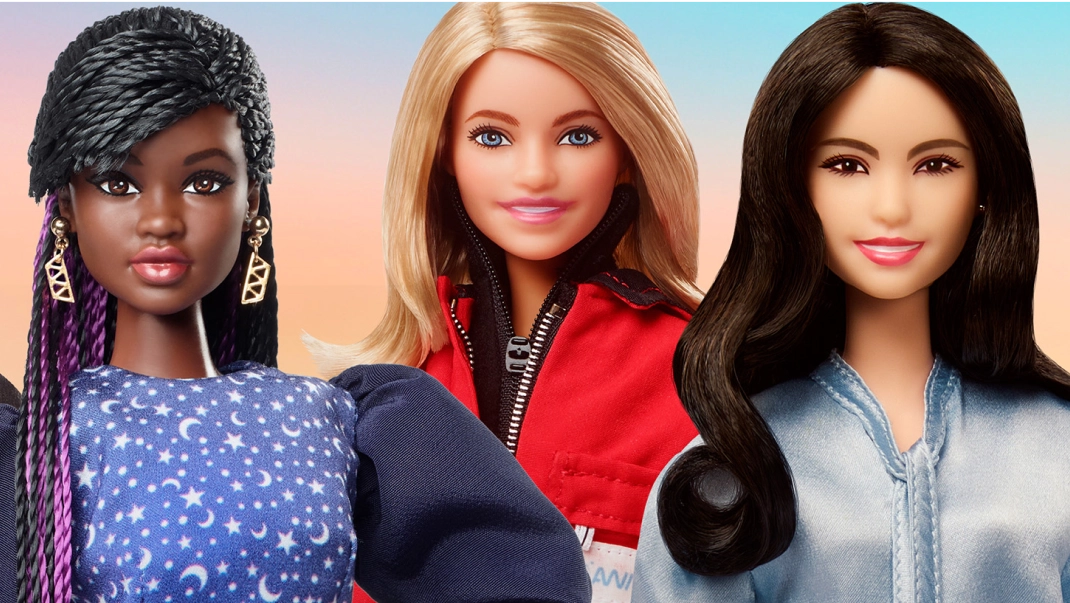
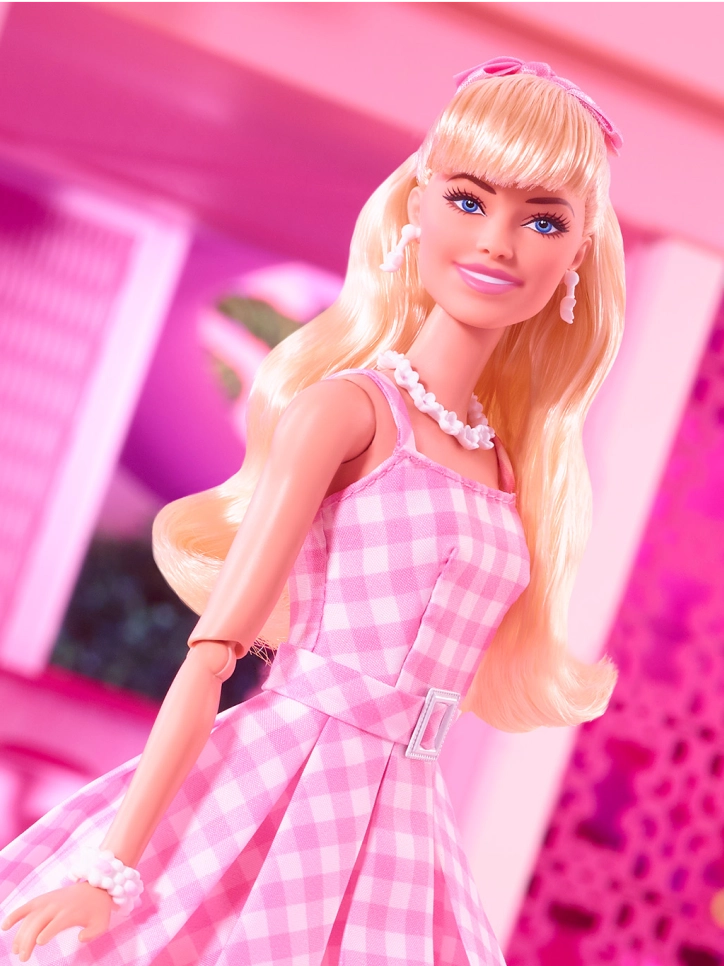
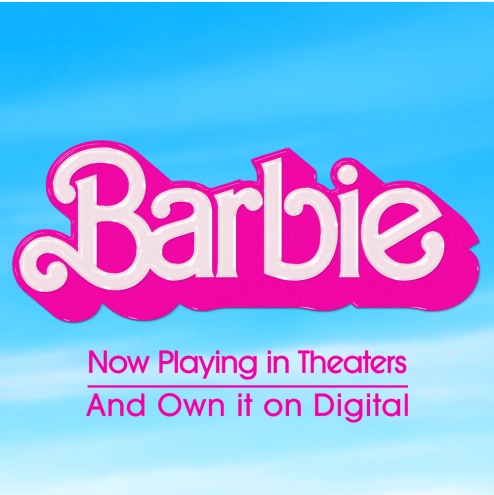
“Barbie is more than a lifestyle brand. She’s a state of mind.”




